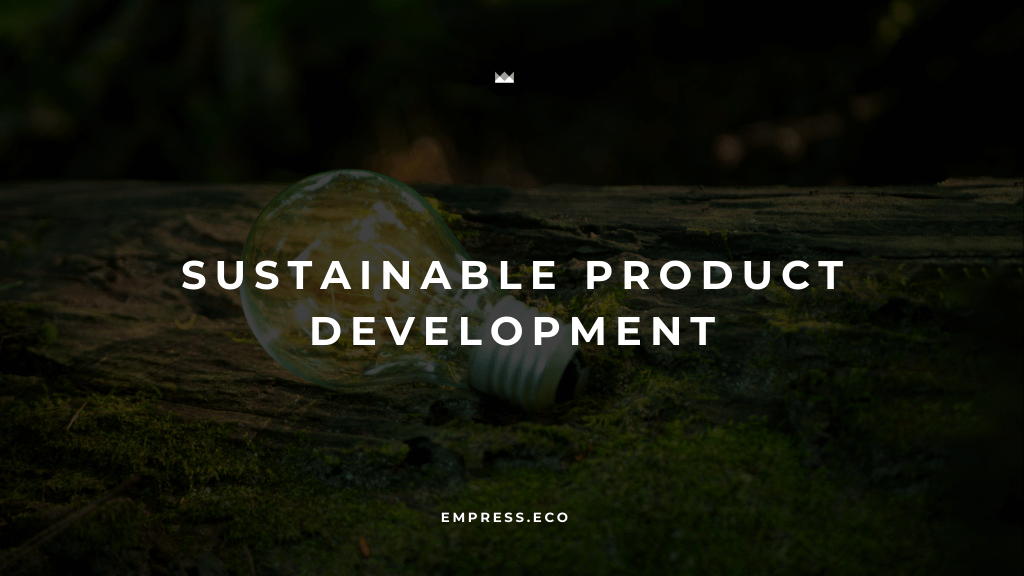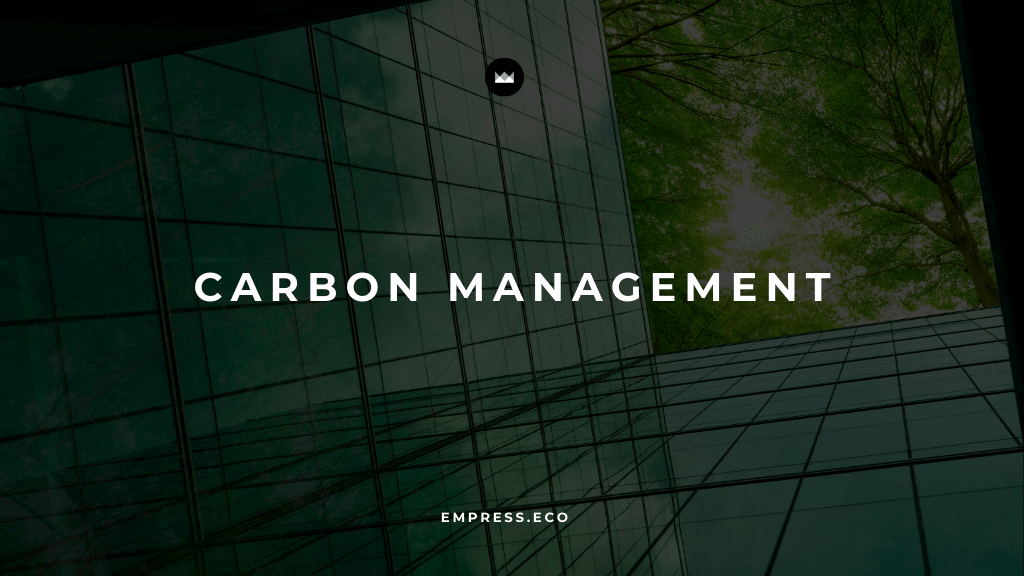Access to clean water and sanitation is a fundamental human right and essential for health, well-being, and sustainable development. Despite progress, billions of people still lack these basic services. Sustainable Development Goal 6 (SDG 6) aims to ensure the availability and sustainable management of water and sanitation for all by 2030. This blog explores the current challenges and sustainable solutions to achieve this critical goal.
The Current State of Water and Sanitation
According to the United Nations, 2 billion people (26% of the global population) do not have access to safe drinking water, and 3.6 billion (46%) lack access to safely managed sanitation (UNESCO). Water scarcity affects between two and three billion people for at least one month per year, posing severe risks to livelihoods, food security, and access to electricity.Key challenges include:
- Water Scarcity: Over 2 billion people live in countries experiencing high water stress, and by 2030, water scarcity could displace over 700 million people (Earth.Org).
- Climate Change: Intensifies droughts and floods, further exacerbating water scarcity and affecting water quality (ScienceDaily).
- Infrastructure Deficiencies: Lack of infrastructure, corruption, and inequality leave large populations without reliable access to clean water (UNESCO).
Key Strategies to Achieve Clean Water and Sanitation
To achieve SDG 6, a multifaceted approach is essential. Here are some key strategies:
1. Improving Water Management
Efficient water management is crucial to address both water scarcity and quality issues:
- Integrated Water Resources Management (IWRM): Implementing IWRM at all levels, including transboundary cooperation, to ensure sustainable water use (UN Water).
- Water-Use Efficiency: Increasing water-use efficiency across all sectors to reduce water stress (UNEP).
2. Expanding Access to Safe Water and Sanitation
Ensuring universal access to safe and affordable drinking water and sanitation services is fundamental:
- Infrastructure Development: Investing in water and sanitation infrastructure, particularly in underserved areas (UN).
- Innovative Technologies: Utilizing new technologies for water purification, desalination, and wastewater treatment (UNEP).
3. Addressing Water Quality
Improving water quality is essential for safe water use:
- Pollution Control: Reducing pollution by eliminating dumping and minimizing the release of hazardous chemicals (UN Water).
- Monitoring and Regulation: Implementing robust water quality monitoring systems to ensure compliance with safety standards (ScienceDaily).
4. Enhancing Community Engagement
Community involvement is vital for sustainable water and sanitation management:
- Education and Awareness: Promoting water conservation practices and hygiene education to empower communities (Global Goals).
- Local Participation: Supporting local communities in water and sanitation management initiatives (UN Water).
5. Strengthening Governance and International Cooperation
Effective governance and international cooperation are crucial to address water-related challenges:
- Policy Frameworks: Developing and implementing comprehensive water policies that promote sustainable management (UNEP).
- Transboundary Cooperation: Strengthening cooperation over shared water resources to prevent conflicts and ensure equitable access (UNESCO).
Conclusion
Securing access to clean water and sanitation is essential for health, well-being, and sustainable development. By implementing efficient water management practices, expanding access to safe water and sanitation, addressing water quality issues, enhancing community engagement, and strengthening governance and international cooperation, we can achieve SDG 6. As we work towards 2030, it is crucial to maintain momentum, adapt to emerging challenges, and ensure that no one is left behind in our collective journey towards a water-secure future.Through innovation, investment, and collaboration, we can build a future where everyone has access to clean water and sanitation, ensuring a healthier and more sustainable world for all.


